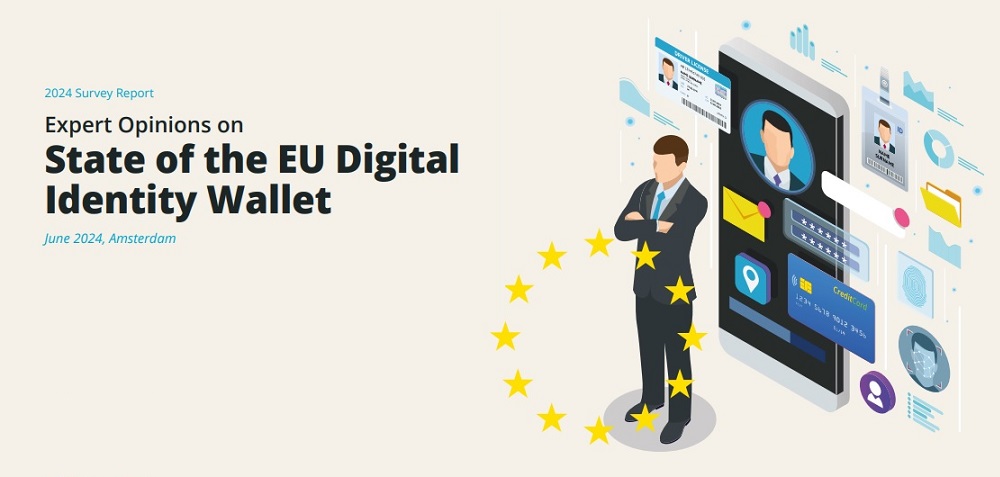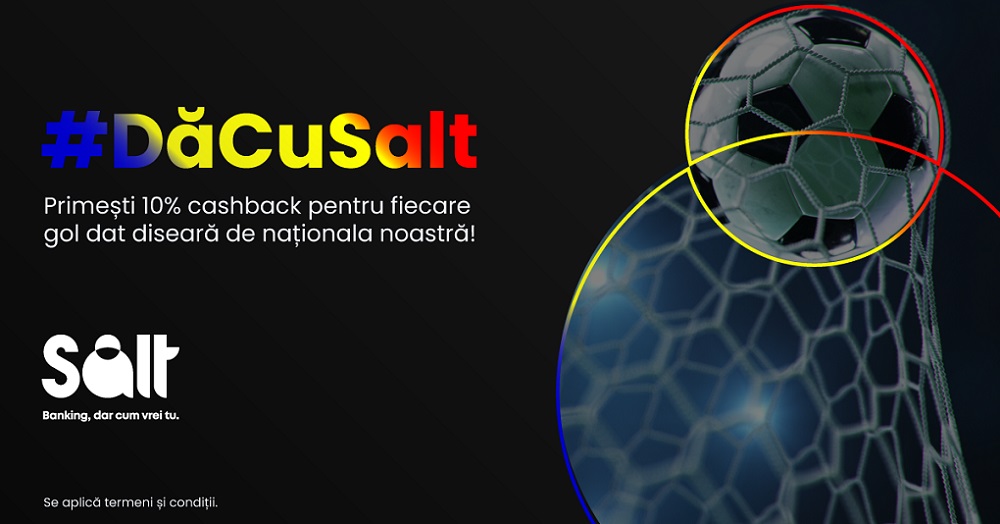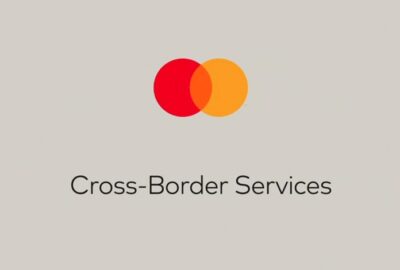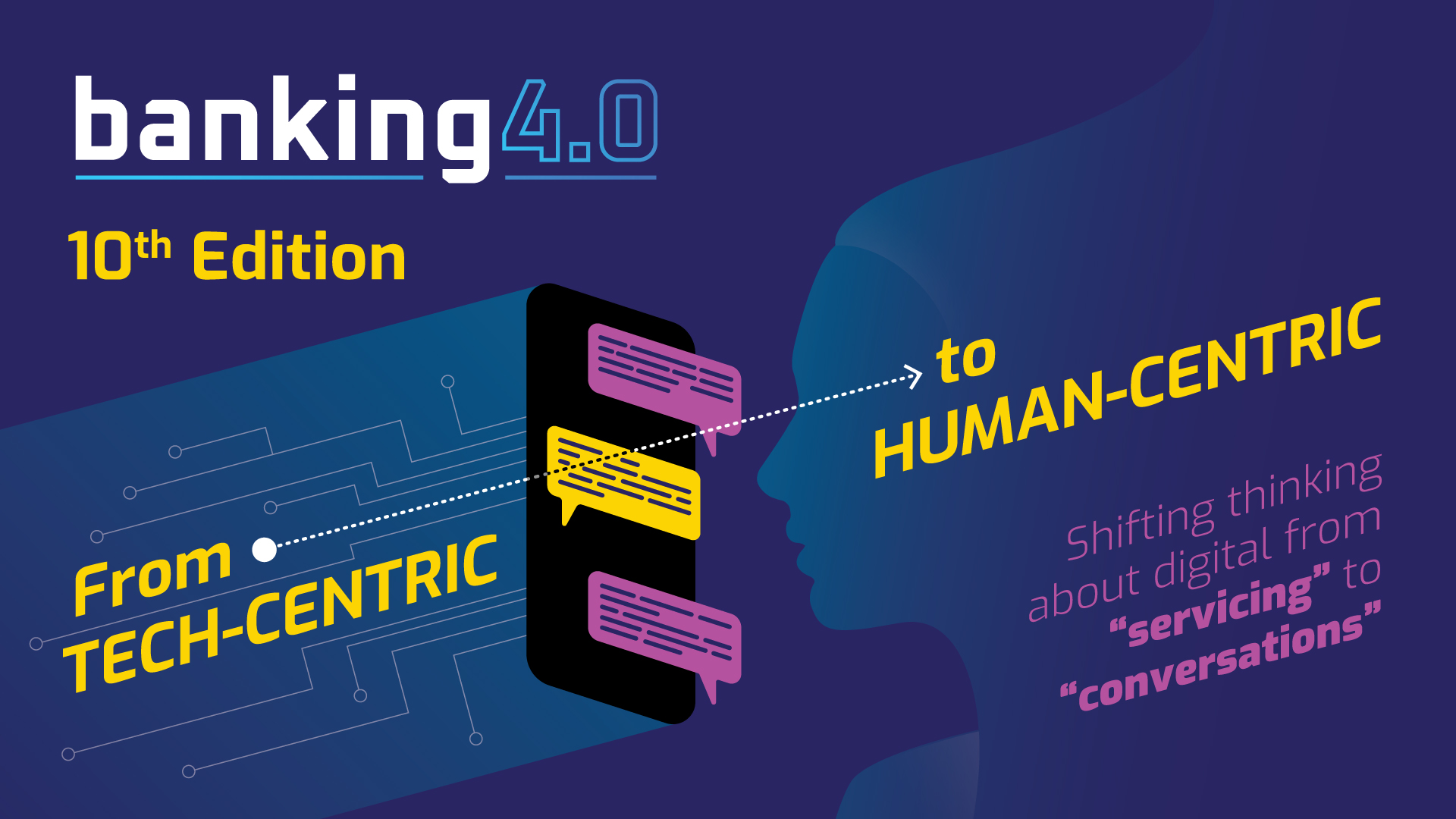State of the EU Digital Identity Wallet 2024 – Expert survey report

What is the current state of this development? And what are the key themes for the Digital Identity Wallet in 2024 and 2025? What do subject-matter experts think? This report prepared by SonicBee presents the results of the expert survey that was conducted in April and May 2024, prior to the Identity Week Europe 2024 conference held in Amsterdam in 2024.
The European Union aims to realize a highly secure, trustworthy, and empowering cross-border digital identification and data (attributes) sharing solution for use in and by each member state, the EU Digital Identity Wallet. Citizens of the Member States can then (re)gain control over where they share data online and protect themselves from identity threats, increasing their autonomy online.
The (revised) legal framework for electronic identification and trust services for electronic transactions, known as eIDAS 2.0, came into force on 21 April 2024, making it mandatory by law that wallets must be made available by governments in 2026. This EU Digital Identity wallet is a key component in this regulation, and positioned to give full and sole control to the individual citizen over their personal and identifying data. Individuals, citizens, users, consumers, can be in full control of their personal and identifying data.
Quite a societal shift, involving a wide variety of stakeholders working at international, national, and local levels on a rapidly developing playing field. For that reason, SonicBee organized a survey last year among experts to get a grasp where the developments were at that time and where they were going. This year we executed the same expert survey to see where we are now and what has changed. The report shared here presents this year’s expert survey findings on the State of the EU Digital Identity Wallet (EU DIW).

Role of Member States
Each European Member State (MS) is currently working on realizing and delivering such a national digital wallet and providing the personal identification data (PID) out of civil registries or population registers to these wallets. MSs also have to set up the oversight and supervisory frameworks and bodies for their national DIWs and ensure that the implementing acts of eIDAS2.0 will fit in their national schemes and regulation.

Developing the EU Digital Identity Wallet
Other activities have started as well. On the European, level large scale pilots (LSPs) have started to test use cases with such a wallet, such as cross-border travel and educational enrollment. Also, a consortium is continuing work on the European Reference wallet that could become the open-source model across Europe. Lastly, the architectural reference framework (ARF) is developed and currently in version 1.4 (with each version containing more details to guide implementations). In the upcoming months, many implementing acts will be released that detail many aspects of the EU DIW under eIDAS2.0.

About the Survey
What is the current state of this development? And what are the key themes for the Digital Identity Wallet in 2024 and 2025? What do subject-matter experts think? This report presents the results of the expert survey that was conducted in April and May 2024, prior to the Identity Week Europe 2024 conference held in Amsterdam in 2024. Similar to last year, selected subject-matter experts from the conference panels of Identity Week Europe in Amsterdam were invited to respond.

In addition, four polls were sent out to the general audience on LinkedIn, a business social medium platform where many of the experts are also active. These polls have been added to reflect the more general perspective (including non-experts) on specific topics.

Timing: will regulatory details, with sufficient clarity, be ready on time?
There are over 40 detailing laws, the so-called ‘Implementing Acts’, which are necessary for bringing
the identity scheme, the oversight and governance, reporting, into operation. Some of these should be released before March 2025, some before November 2025.
These acts mainly concern detailed formats and standards, but for wallet providers and other service providers to be compliant, these details should be clear. The majority of the expert respondents incidate they do not believe the regulatory details will be done within the timeframe stated by the EC.

Digital identity in this survey is understood as a national digital identification solution that follows the ideas expressed in the eIDAS2.0 Regulation and is shaped in its related activities (Architecture Reference Framework, Large-Scale Pilots, reference wallet). This is abbreviated as DIW: Digital Identity Wallet.
Anders Olofsson – former Head of Payments Finastra
Banking 4.0 – „how was the experience for you”
„So many people are coming here to Bucharest, people that I see and interact on linkedin and now I get the change to meet them in person. It was like being to the Football World Cup but this was the World Cup on linkedin in payments and open banking.”
Many more interesting quotes in the video below:











